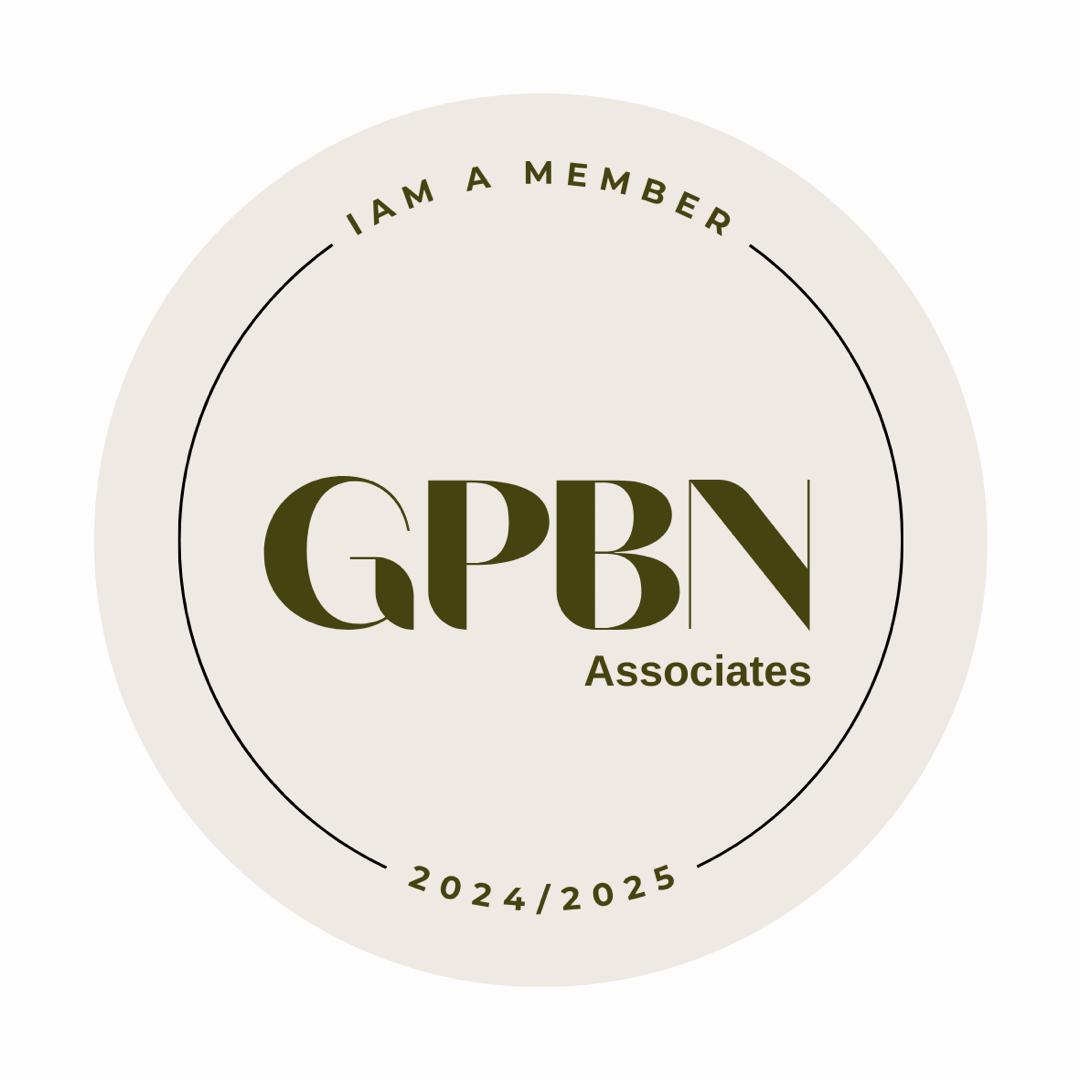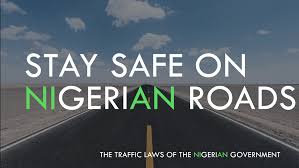Traffic signs are essential for maintaining road safety and ensuring a smooth flow of traffic.
They serve as visual communication tools that provide vital information to drivers and pedestrians, guiding their behavior and helping them navigate the roads efficiently. In Nigeria, the importance of traffic signs cannot be overstated, especially given the country’s challenging road conditions and high traffic density. This guide will extensively cover all traffic signs in Nigeria, highlighting their significance and the roles they play in road safety. (P)
Categories of Traffic Signs
In Nigeria, traffic signs are categorized into four main groups: regulatory signs, warning signs, informative signs, and road markings. Each category serves a specific purpose, helping to control traffic, prevent accidents, and provide necessary information to road users.
1. Regulatory Signs
Regulatory signs are essential for enforcing traffic laws and ensuring that road users adhere to specific rules and regulations. These signs dictate what drivers must or must not do on the road, and failure to comply often results in penalties. Regulatory signs are typically circular, with a red border indicating prohibition or restriction. Here are some of the most common regulatory signs in Nigeria:
– Stop Sign: A red octagonal sign with the word “STOP” inscribed in white. It mandates drivers to come to a complete stop and ensure the road is clear before proceeding.
– Yield/Give Way Sign: A downward-pointing triangle with a red border, indicating that drivers must slow down and give way to other vehicles.
– No Entry Sign: A red circle with a white horizontal line through the center, indicating that entry is prohibited.
– No Parking Sign: A blue circle with a red diagonal line, indicating that parking is not allowed in the designated area.
– No U-Turn Sign: A red circle with a U-shaped arrow crossed out, indicating that making a U-turn is prohibited.
– Speed Limit Sign: A circular sign with the maximum allowable speed displayed in black numbers inside a red border.
– One-Way Sign: A rectangular sign with an arrow pointing in the direction of traffic flow, indicating that traffic must move in one direction only.
2. Warning Signs
Warning signs alert drivers to potential hazards or changes in road conditions ahead, allowing them to adjust their driving accordingly to avoid accidents. These signs are usually triangular with a red border, making them easily noticeable. Some common warning signs in Nigeria include:
– Sharp Bend Ahead: A triangular sign with a curved arrow, indicating a sharp turn in the road ahead.
– Pedestrian Crossing: A triangular sign with a symbol of a pedestrian, indicating a pedestrian crossing ahead.
– Animal Crossing: A triangular sign with a symbol of an animal, warning drivers of potential animal crossings.
– Slippery Road: A triangular sign with a car symbol and wavy lines, indicating that the road may be slippery, particularly during wet conditions.
– Roadworks Ahead: A triangular sign with a symbol of a worker holding a shovel, warning drivers of construction or roadworks ahead.
– Children Crossing: A triangular sign with a symbol of two children, warning drivers to be cautious as they approach areas where children may be crossing the road.
3. Informative Signs
Informative signs provide important information about the road environment, directions, and nearby facilities. These signs help drivers navigate unfamiliar areas and find essential services. Informative signs are usually rectangular and come in various colors, depending on the type of information they convey. Key examples include:
– Direction Signs: Rectangular signs with arrows and place names, guiding drivers toward their destinations.
– Hospital Ahead: A rectangular sign with a white “H” on a blue background, indicating the presence of a hospital nearby.
– Fuel Station: A rectangular sign with a fuel pump symbol, indicating the location of a nearby fuel station.
– Parking Sign: A blue rectangular sign with a white “P,” indicating areas where parking is allowed.
– Exit Sign: A rectangular sign with the word “EXIT” or an arrow, indicating the direction to leave a highway or roadway.
– Bus Stop: A rectangular sign with a bus symbol, indicating designated areas for buses to pick up or drop off passengers.
4. Road Markings
While not traditionally considered signs, road markings play a critical role in guiding traffic and ensuring road safety. They include lines, arrows, and symbols painted on the road surface, providing information on lane usage, direction of travel, and pedestrian crossings. Common road markings in Nigeria include:
– Pedestrian Crosswalks: White lines painted across the road to indicate areas where pedestrians are allowed to cross.
– Lane Dividers: White or yellow lines that separate lanes of traffic moving in the same or opposite directions.
– Arrows: Directional arrows painted on the road, indicating the direction of travel or the need to turn.
– Stop Lines: Thick white lines across the road at intersections, indicating where vehicles must stop for traffic signals or signs.
– Zebra Crossings: Black and white stripes on the road surface, indicating pedestrian crossing areas where drivers must yield to pedestrians.
The Importance of Traffic Signs in Nigeria
Traffic signs are indispensable in managing road traffic and ensuring the safety of all road users. They provide essential information that helps prevent accidents, reduce traffic congestion, and guide drivers and pedestrians safely to their destinations.
Preventing Accidents
Traffic signs play a crucial role in preventing accidents by providing clear instructions and warnings to drivers. For instance, warning signs alert drivers to potential hazards ahead, such as sharp bends or pedestrian crossings, allowing them to take precautionary measures. Regulatory signs, such as “Stop” and “Yield,” help prevent collisions at intersections by controlling the flow of traffic.
Reducing Traffic Congestion
In busy urban areas, traffic signs help manage the flow of vehicles, reducing the likelihood of traffic jams. Signs like “One-Way,” “No Entry,” and “No Parking” ensure that vehicles move in an organized manner, preventing gridlock and improving traffic flow. Informative signs, such as those indicating alternative routes or exits, also help drivers navigate congested areas more efficiently.
Enhancing Road User Awareness
Traffic signs enhance the awareness of road users by providing important information about road conditions, potential hazards, and nearby facilities. This awareness helps drivers make informed decisions, such as reducing speed in areas with “Children Crossing” signs or preparing to stop at a “Stop” sign. Road markings, such as pedestrian crosswalks and lane dividers, further enhance safety by clearly delineating areas for different types of road users.
Challenges in Traffic Sign Implementation in Nigeria
Despite their importance, several challenges hinder the effective implementation and maintenance of traffic signs in Nigeria. These challenges include poor road infrastructure, vandalism, and a lack of public awareness.
Poor Road Infrastructure
In many parts of Nigeria, inadequate road infrastructure hampers the proper placement and maintenance of traffic signs. Poorly constructed roads, potholes, and a lack of street lighting can obscure traffic signs, making them difficult for drivers to see and follow. This situation increases the risk of accidents and undermines the effectiveness of traffic signs.
Vandalism and Theft
Vandalism and theft of traffic signs are significant problems in Nigeria. Some individuals steal traffic signs for scrap metal or damage them for various reasons. This behavior not only endangers road users but also increases the cost of replacing the stolen or damaged signs, placing a financial burden on the authorities responsible for road safety.
Lack of Public Awareness
A lack of public awareness about the importance of traffic signs contributes to their underutilization and non-compliance. Many drivers and pedestrians do not fully understand the meaning of certain traffic signs, leading to risky behavior on the roads. This lack of awareness highlights the need for better road safety education and public campaigns to promote understanding and adherence to traffic signs.
Conclusion
Traffic signs in Nigeria are essential for ensuring road safety, managing traffic flow, and providing important information to road users. By understanding and adhering to these signs, drivers and pedestrians can contribute to safer roads and a more organized traffic system. However, to fully realize the benefits of traffic signs, Nigeria must address the challenges of poor infrastructure, vandalism, and public awareness. Through concerted efforts, the country can improve the effectiveness of traffic signs and create a safer environment for all road users.






























































